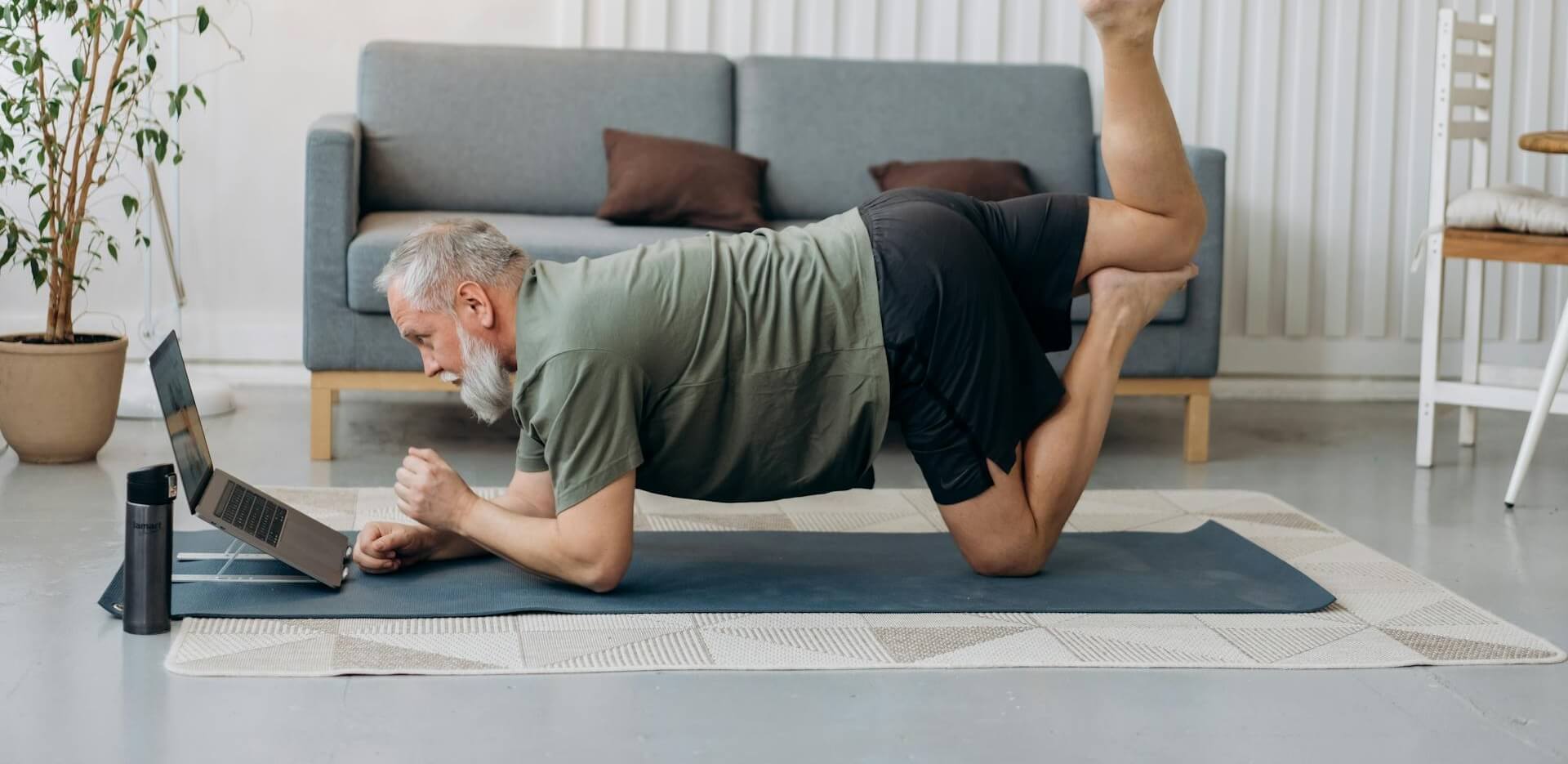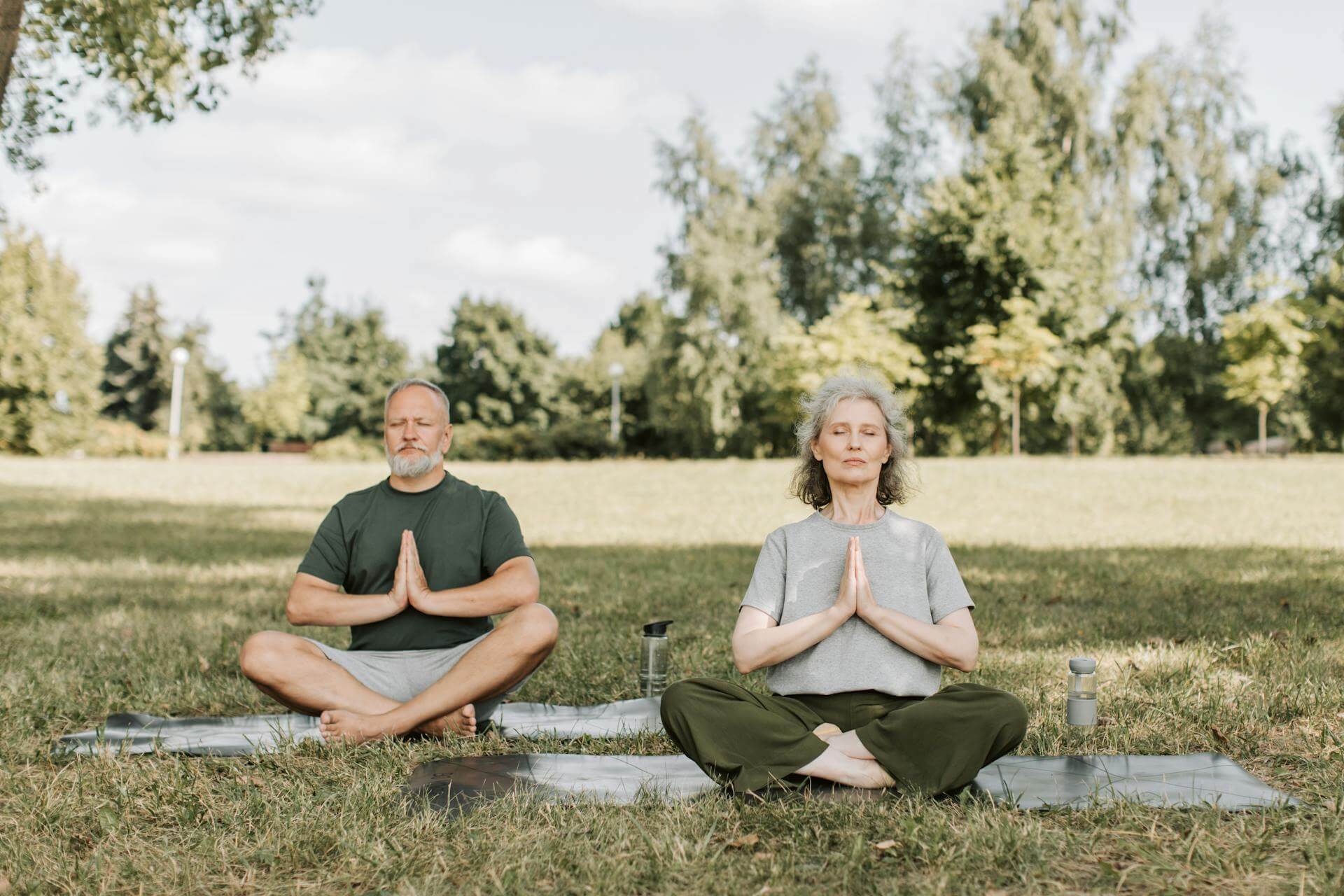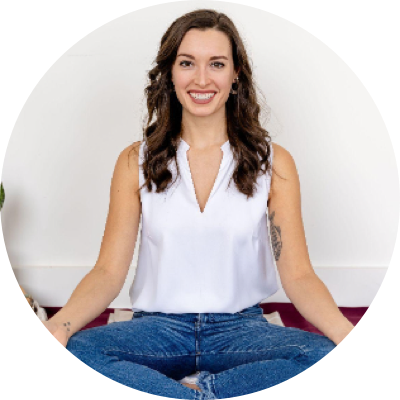
Adapting Yoga for Seniors: Gentle Poses and Practices
It is natural that as we age, some activities we used to love might feel less accessible. However, with yoga, this is not the story. Not only are there many different types of yoga that might fit best at different stages of life, but each asana itself can be modified to meet the body wherever it is. Seniors especially need engagement with physical exercise to maintain strength and positive wellbeing, and yoga is an excellent match for both.
Can Yoga Really Be for Me?
If you have lots of candles on your birthday cake, and have never tried yoga before, it might be hard to picture exactly how you might engage in an activity that seems only for the agile or the masters of balance. But yoga is not all Dancer’s Pose and Half Moons - it is the act of mindfully aligning the breath with the movements of the body. And that, anyone can do!
The Benefits of Yoga for Seniors
Yoga has incredible physical, mental, emotional, and even social benefits for seniors. Regular practice can help improve flexibility, balance, and strength - each of which are essential to helping seniors maintain confidence and independence as they age. Because yoga poses include stretching, practitioners often feel reduced muscle tension and joint pain, in addition to greater energy and posture. The deep breathing practice paired with each yoga pose, or asana, can help increase mindfulness and relaxation that you can take with you off the mat. If you are able to participate in a group yoga class, you will also enjoy the added benefit of community engagement and socialization that is essential for a joyful life at any age.

Considerations Before Rolling Out Your Mat
While yoga can be a gentle form of exercise, it is still important to be aware of any physical or medical limitations that you might have and consult with a healthcare provider before beginning your yoga practice. Certain poses, such as a forward fold, can increase blood flow to the head and cause dizziness if initiated too quickly or with certain medications or conditions. While it is always great to have goals for your health and wellness, it is also important to be realistic about your current needs and not take on a duration or intensity of practice that is not well matched, such as hot yoga or a 90-minute Ashtanga practice. Always practice at a comfortable pace and within your personal limits. Like any new activity, start out slow, and make changes or progressions from there.
Choosing the Right Style and Props
The great thing about yoga is it is incredibly versatile. There are many gentle yoga forms such as Hatha, Chair Yoga, and Restorative Yoga - each with excellent benefits and the ability to make modifications. When considering a yoga mat, it might be beneficial to select one with extra cushioning to offer more support for sensitive or sore joints, or one that has greater grip to avoid slipping. Chairs can also be an excellent prop to offer support if you don’t feel as confident with balance or enjoy using a chair to elevate the legs during Savasana for greater comfort. Additionally, yoga blocks and straps can aid in accessibility of more challenging balance poses, to increase comfort in seated or reclined positions, and to assist in deepening a stretch in a more controlled manner. Finally, bolsters and blankets can offer greater comfort in restorative poses or Savasana.
Gentle and Accessible Yoga Poses for Seniors
If you would like to begin a yoga practice at home, consider the following poses and breathing techniques:
Seated and Chair-Based Poses
- Seated Mountain Pose (Tadasana): This pose aims to improve posture and breathing. Sit in a chair with your feet flat on the floor, palms of the hands grounding down on the tops of your thighs, shoulders back and down, and seated up as straight as is comfortable with your eyes closed.
- Seated Cat-Cow Stretch: This pose enhances spinal flexibility and circulation. Sit with your feet flat on the floor and gently bend your head toward your knees, allowing your back to round as you exhale. Then, inhale and slowly rise up, raising your chin toward the sky and arching your back gently like a Halloween cat. Repeat a few times, focusing on linking your breath to each movement.
- Chair Forward Bend: This pose gently stretches the back and hamstrings while offering nearby support to prevent falling. Slowly stand up out of the chair and reach your fingers toward your feet until you feel a stretch in the back of the legs.
Standing Poses (With or Without Support)
- Mountain Pose (Tadasana): This pose builds awareness of spinal alignment and balance. Stand with your feet flat on the floor, toes spread wide for stability. Face your palms forward with your fingers reaching down toward the floor. With your head in a neutral forward position, focus on elongating the spine as if there was a string gently pulling the crown of your head toward the sky.
- Tree Pose with Chair Support: This pose is a staple of many yoga practices and is one of the most versatile. It aims to improve balance as well as leg strength. To start, stand with the side of one leg next to the seat of a chair. Use one hand to hold the top of the chair if needed, then root down into your left foot, focusing on your balance, as you bend the right knee and lift the right to rest it on the chair in a kneeling position. Once you feel balanced, you can slowly raise the arms above your head, hold them in a 90-degree angle for “cactus” arms, or engage in any variation you choose.
Floor Poses for Relaxation and Stretching
- Reclined Knee-to-Chest Pose: This pose aims to relieve lower back tension and looks exactly as it sounds. Lie on your back with your legs out long in front of you, then inhale and slowly bring the knees into your chest, wrapping your arms around them for a hug or gently pressing your hands into your knees for a greater stretch. You might even choose to rock from side to side to gently massage the lower back.
- Reclined Butterfly Pose: Butterfly pose opens the hips slowly. You can begin one of two ways - by lying on your back with the legs out long, then gently bending the knees and bringing the heels of the feet to touch or by bending the knees and bringing the heels to touch while you are in a seated position, then slowly lowering your torso and head down onto the mat.
- Legs-Up-the-Wall Pose: This pose is my personal favorite restorative pose. It aims to reduce swelling and promote better circulation. This pose can be somewhat challenging to enter, so take it slow. Bring your yoga mat near the wall and take a seat on the floor with one hip next to the wall. Then, slowly raise one leg and then the other as you turn your seat toward the wall and let the legs reach up the wall as your torso and head lie back onto the floor. You may need to readjust to find a comfortable distance between your seat and the wall until the pose feels just right.
Yoga is More than just Poses (Mindfulness and Meditation)
Every body ages differently and each of us acquires different injuries or limits throughout our lives. If you feel that your physical body is not up for engaging in yoga poses, don’t worry - Yoga can still be for you! Guided Meditation and Mindfulness activities can offer many of the same benefits as the physical practice of yoga poses. Guided meditation can help improve sleep quality, focus, and a sense of calm. There are many different applications and online resources that include guided meditation soundtracks of varying lengths and with diverse scripts for any interest. Mindfulness is an excellent part of any yoga routine, as it increases our awareness to the present moment and helps block the brain from engaging in any other chatter while we practice it (worrying or negative thoughts, anyone?) Like guided meditation, there are many excellent mindfulness scripts available online. There are even books or prompts online that include ideas for everyday mindfulness activities, such as sitting at the park and focusing for ten minutes on only one flower - how it looks, how it smells, the pattern in its petals, etc.
Conclusion
Yoga comes in many different forms and can fit the needs of anyone, anytime. Yoga can be an excellent way to enhance physical, mental, emotional and even social wellbeing for people of all ages. As our bodies age and change, it is important to focus on progress rather than perfection, and aim to honor your body’s needs and abilities at every stage of life. Yoga offers significant variety, so if you try a class or a sequence and feel like it may not be for you, know that you can always keep exploring different styles, formats, and instructors until you find what works best for you.


